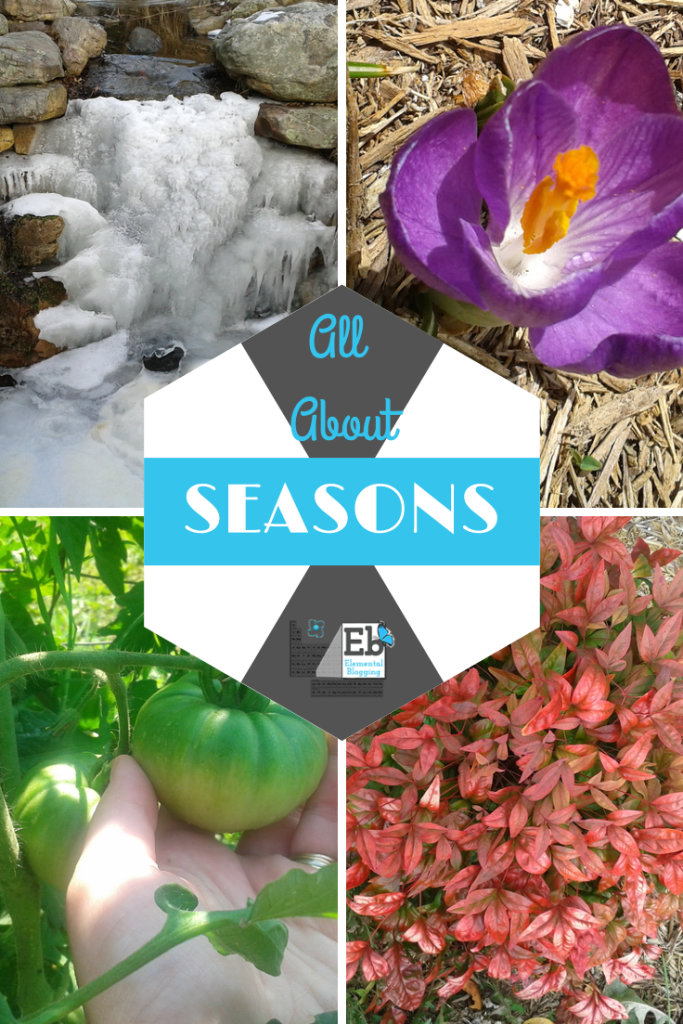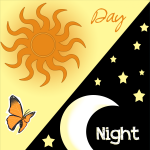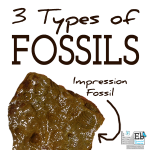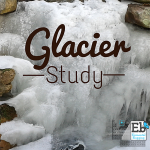 All over the globe we have seasons. In some areas they are more pronounced than others, but we all experience a change in our overall weather throughout the year.
All over the globe we have seasons. In some areas they are more pronounced than others, but we all experience a change in our overall weather throughout the year.
In my neck of the woods, we are smack dab in the middle of my favorite season, spring!
So in honor of that, in this Homeschool Science Corner we are going to look at activities for exploring the concept of seasons!
This post includes:
- A brief introduction to the seasons;
- How to make a seasons booklet;
- And Several book suggestions!
You can use all of these to pull together a mini-study on seasons. Let’s get started…
A brief introduction to the Seasons
So what exactly is a season? The dictionary defines season as:
Each of the four divisions of the year (spring, summer, autumn, and winter) marked by particular weather patterns and daylight hours, resulting from the earth’s changing position with regard to the sun.
In other words, a season is a collection of days with a typical weather pattern. They are a result of the changing position of the earth as it rotates around the sun. We have four seasons – spring, summer, autumn (or fall), and winter.
If your students are younger, take a moment to discuss with them the typical weather in the different seasons in your area. Then, if you want, you can have them memorize the simple poem I wrote for one of our programs about the four seasons.
The Four Seasons
The short days of winter are filled with cold and snow.
In spring, it warms as the flowers begin to show.
The long days of summer are hot and green.
In fall, the changing leaves create a beautiful scene.
If your students are older, you can share with the about the equinoxes and solstices. Equinox means “equal night” and it marks the point at which the time during the day equals the time during the night. Our year has two equinoxes, which serve to mark the beginning of spring and the start of fall.
On the other hand, the solstices occur when the sun is at its greatest distance from the earth. They mark the shortest day, which officially begins winter, and longest day of the year, which officially starts summer.
The following video from National Geographic does a very good job of explaining the equinoxes and solstices.
How to Make a Seasons Book
Have the students make a “My Seasons Book” which explains what typically happens in the different seasons. Begin by writing the bold sentences below each on it’s own page. Then, have the students illustrate each page with the suggestions.
- Title Page: Did you know about the Seasons? (Have your students draw something related to one of the seasons.)
- Page 1: Did you know that in fall the leaves change color and fall off the trees? (Have your students draw a picture of a fall scene, ie. a tree with red, orange and yellow leaves.)
- Page 2: Did you know that in winter it gets very cold and snow falls from the sky? (Have your students draw a winter scene, ie. something that shows snow all over and a few snowflakes in the sky.)
- Page 3: Did you know that in the spring flowers begin to bloom and baby animals are born? (Have your students draw a spring scene, ie. a tree with flowers around it.)
- Page 4: Did you know that in summer it is very warm and it is time to go to the beach? (Have your students draw a summer scene, ie. a beach scene.)
- Page 5: I do! (Have your students draw a picture of themselves.)
When they are done, staple the pages together to form a booklet.
Seasons Book Suggestions
Here are a few books you and your students can read about the seasons:
- Sunshine Makes the Seasons (Let’s-Read-and-Find… Science 2) by Franklyn M. Branley and Michael Rex
- Watching the Seasons (Welcome Books) by Edana Eckart
- The Reasons for Seasons by Gail Gibbons
- Tree For All Seasons (Avenues) by Robin Bernard
I trust that you will enjoy these activities for the seasons! If you want some more activities that are appropriate for the season you are in, check out our seasonal science board:
Follow Paige | Elemental Science’s board Seasonal Science on Pinterest.






Join the Community!